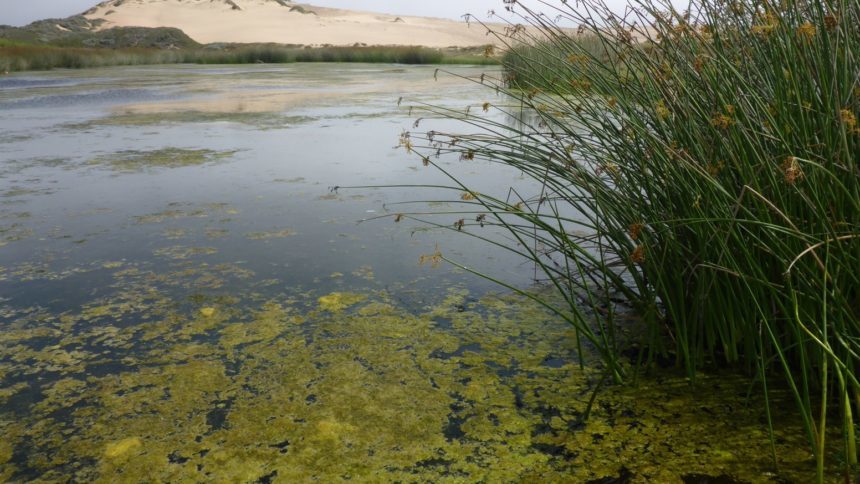
The U.S. Environmental Protection Agency has awarded more than $2.1 million in grants to protect and restore wetlands and streams across California. Supporting these aquatic resources can improve water quality, fish and wildlife habitat, flood protection, and recreational opportunities.
“Healthy wetlands and streams are key to the vitality of California communities and its economy,” said EPA Administrator Scott Pruitt. “These projects help to better understand and protect these important resources.”
Napa County will receive $822,000 for restoration work along the Napa River through EPA’s San Francisco Bay Water Quality Improvement Fund. The project will use 91,000 native plants to revegetate and enhance 11 acres of riparian forest and 5 acres of freshwater wetlands. The grant will also assist with development of restoration designs for an additional 36 acres of riparian forest, 8 acres of freshwater wetlands, and 6,800 linear feet of streambank. This project is part of Napa County’s broader effort to restore 14 miles of the Napa River and improve flood protection and steelhead trout habitat.
EPA also awarded wetland program development grants for the following projects:
Southern California Coastal Water Research Project received a combined $670,403 for two projects. The first project will develop, refine and validate tools to better assess ephemeral (rain-dependent) stream conditions in California and Arizona. The second project will develop a method for quickly assessing biologic community composition and conditions in streams and wetlands using genetic information in water samples, which can improve the ability to measure restoration success across aquatic habitats.
Sacramento-San Joaquin Delta Conservancy received $300,000 for an evaluation of wetlands in the Delta and Suisun Marsh. Activities will include establishing a standard regional wetland classification for the Delta Aquatic Resource Inventory and completing mapping of the Sacramento-San Joaquin Delta. Results will enable assessments of regional and statewide change in the abundance, diversity and condition of wetlands due to land use.
California State Coastal Conservancy received $275,000 to assess salt marsh vulnerability to sea-level rise and the impacts of marsh retreat on carbon sequestration (long-term storage) in Humboldt Bay. This information will be used to manage water quality and wetlands in the estuary, and to support development of a long-term program for the beneficial reuse of dredging sediments.
Sonoma County received $91,601 to develop mapping methods to more accurately identify the location of streams and adjacent conservation areas. This will allow the county to refine zoning maps used in regulations protecting riparian corridors.

